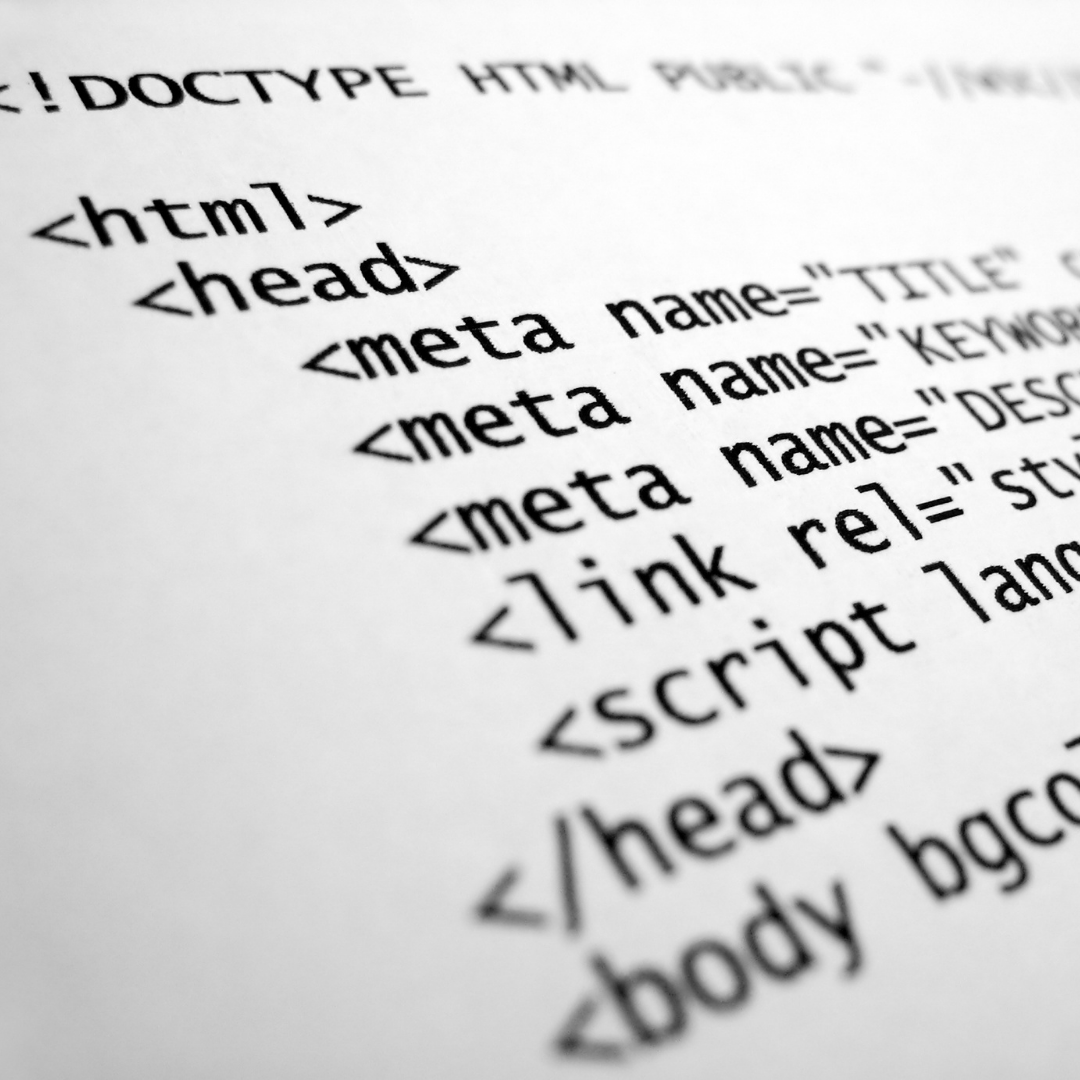The world has gone web-centric, and the web has gone mobile-centric. Some might say there are more mobile devices in the world than there are people, and that would be more so if we include those gadgets that are only used for internet access. So, the question is: what kind of web technology do we need for mobile now? We’ve got a few ideas, but we’re not quite sure how they’ll work in practice.
There are plenty of people who have the ultimate goal of learning to code, but most of us aren’t there yet. And even if you are, there are still plenty of tools that can help you save time when you’re writing your next blog post or chasing that perfect new idea.
We all want our websites to be as easy to use as they can be, but most of us are not web design experts. Most of us use only a handful of HTML tags every day, and they might even be the ones that most web designers would frown upon. Still, as your web design skills improve, so will the quality of your content and the website’s usability.
What are HTML Tags?
HTML tags are a simple way to group content on a page. The tags are usually written at the end of the content. If a tag isn’t needed, it should be hidden by writing its code on a hidden line. An HTML document usually contains several tags. We can specify the types of the tags and their order in the document. If we change the order, the output will be different. The order is important because it is used to define the location of the different elements on the page. HTML tags are pretty interesting – they are like little language modules that translate information from the page into something that the browser can understand.
Everyone loves a good list. Whether you’re shopping for that special someone or looking for the best places to eat in town, we’re always on the lookout for an easy way to make our lives easier. So today, we’re going to share five useful HTML tags you can use on your site.
- Meta Description
If you are a web designer, and you are just starting in the field, then you have probably been asked to write a meta description to help people find your site on the web. But what are meta descriptions? Meta descriptions are just a snippet of text that is shown in a web browser when a page is loading, usually in place of the page title. This snippet is shown in search engine results pages, online ads, and social media platforms.
- Page Title
Page titles are one of the most important parts of any blog post. They highlight the topics of the blog post and can serve as a landing page for people looking at the post and a good place for readers to share the blog post. They are also an important part of SEO and a great way to grab attention from search engines.
- Image alt tags
Image alt tags are a small part of the web, yet a person can spend hours looking for something. Tags tend to cause confusion and make a person confused. There are many tags, but they all work to describe the same thing. It is important to understand how tags work to understand how it will work for you.
- Heading tags
Headings are an important part of any writing and should be used to break up long paragraphs of content. However, they also need to be used in the right way. Headings don’t have to be boring and repetitive either; they can be as unique as the content they support. There are around 100 different heading tags available, each with its purpose, so finding the right one for your content can be quite time-consuming. You could try to edit HTML headings manually, but this can be tedious and error-prone.
- Anchor text
Anchor text links to your website (or blog post for you non-bloggers out there).
The use of technology is both a blessing and a curse for mankind. It’s what bridges the gap between the physical and digital world, making modern life easier and more enjoyable. It’s also what has caused the downfall of many a brand and what can cause financial ruin and a loss of privacy.

